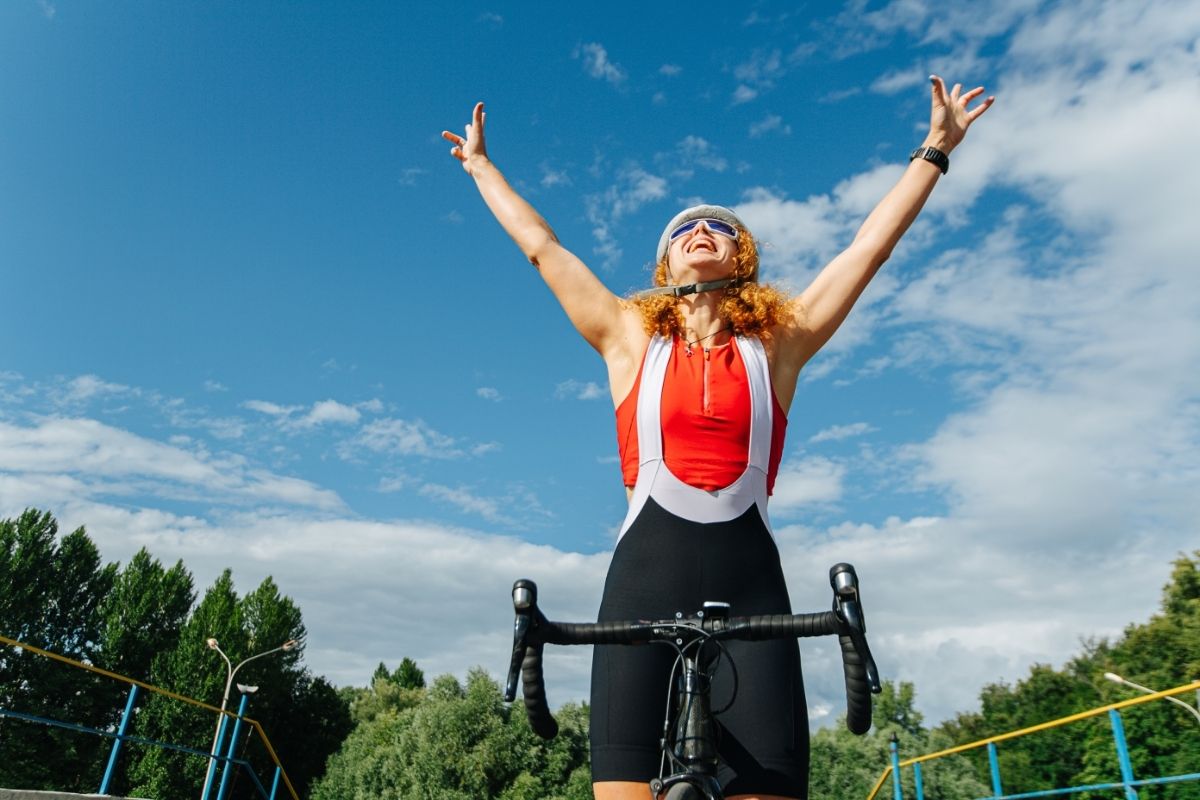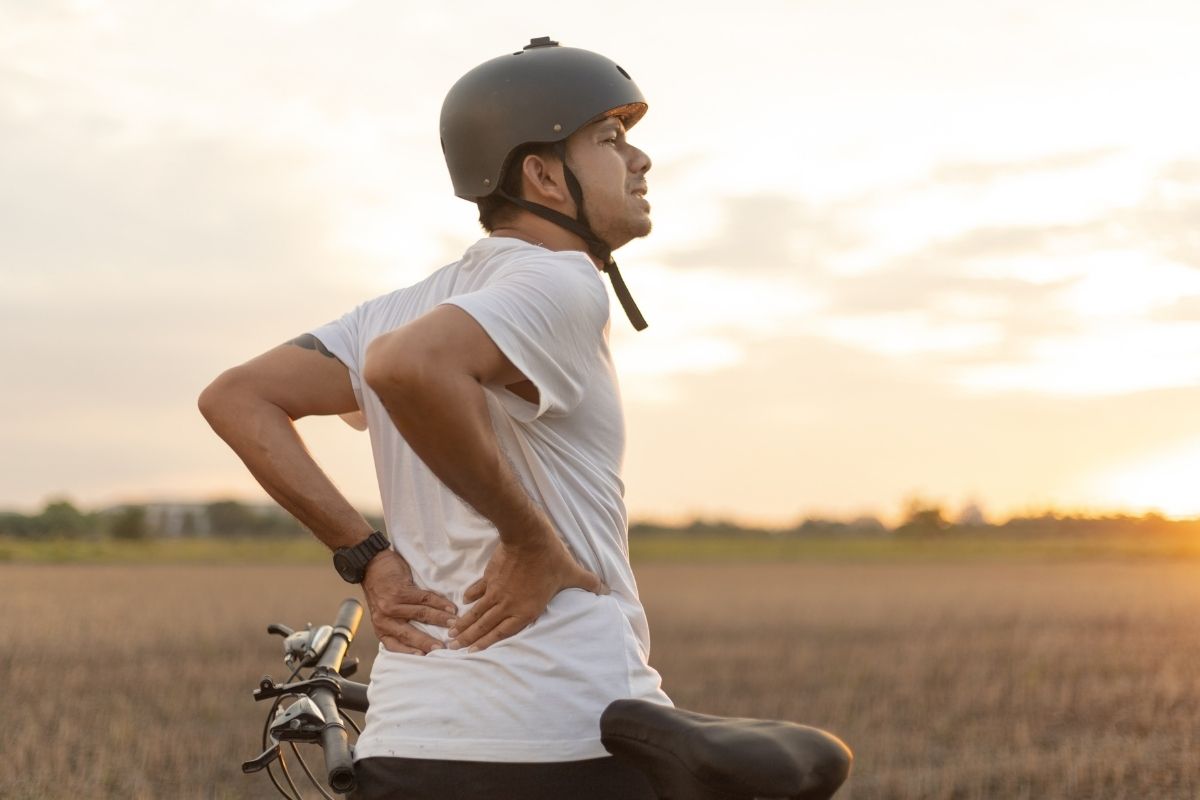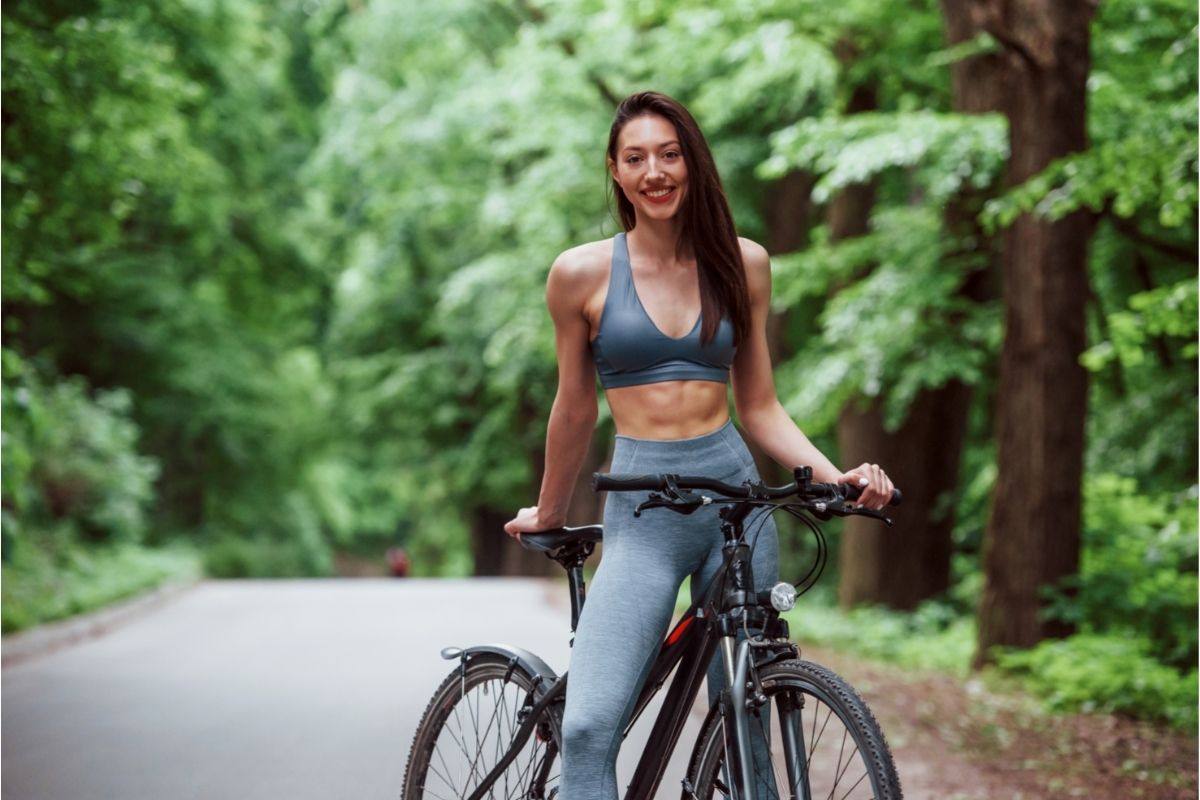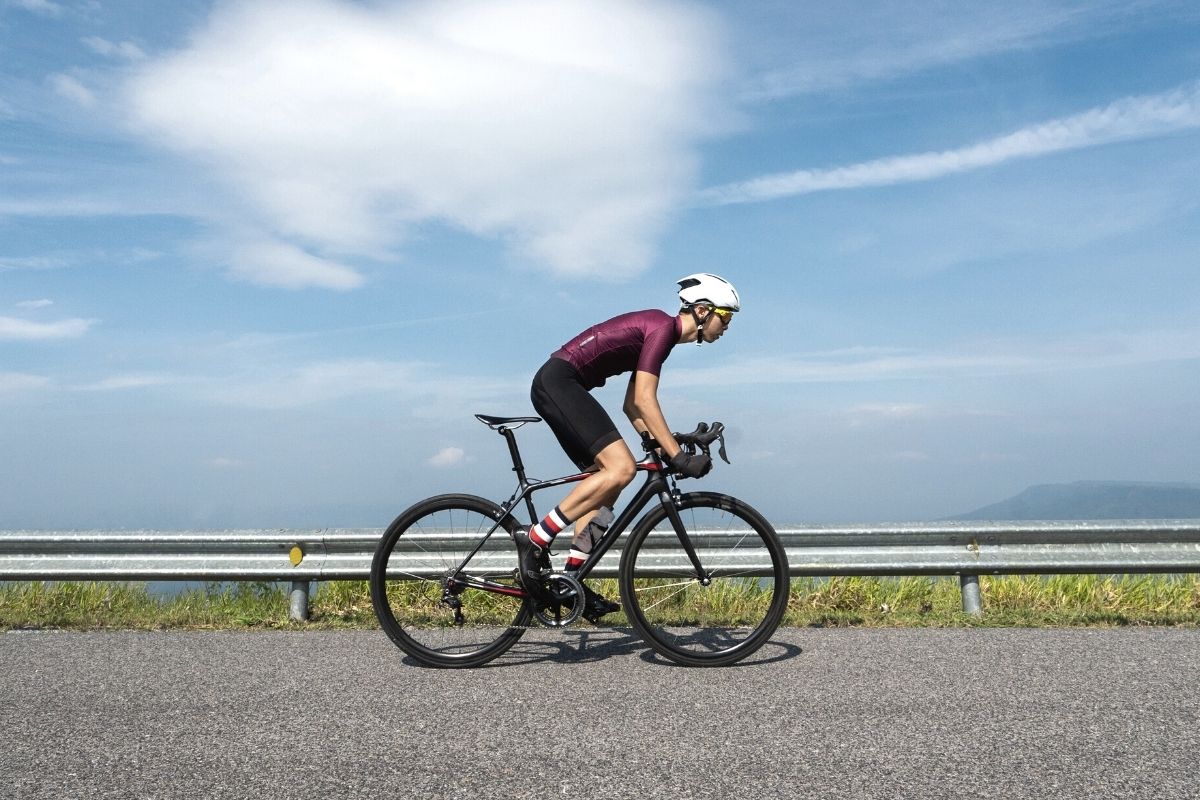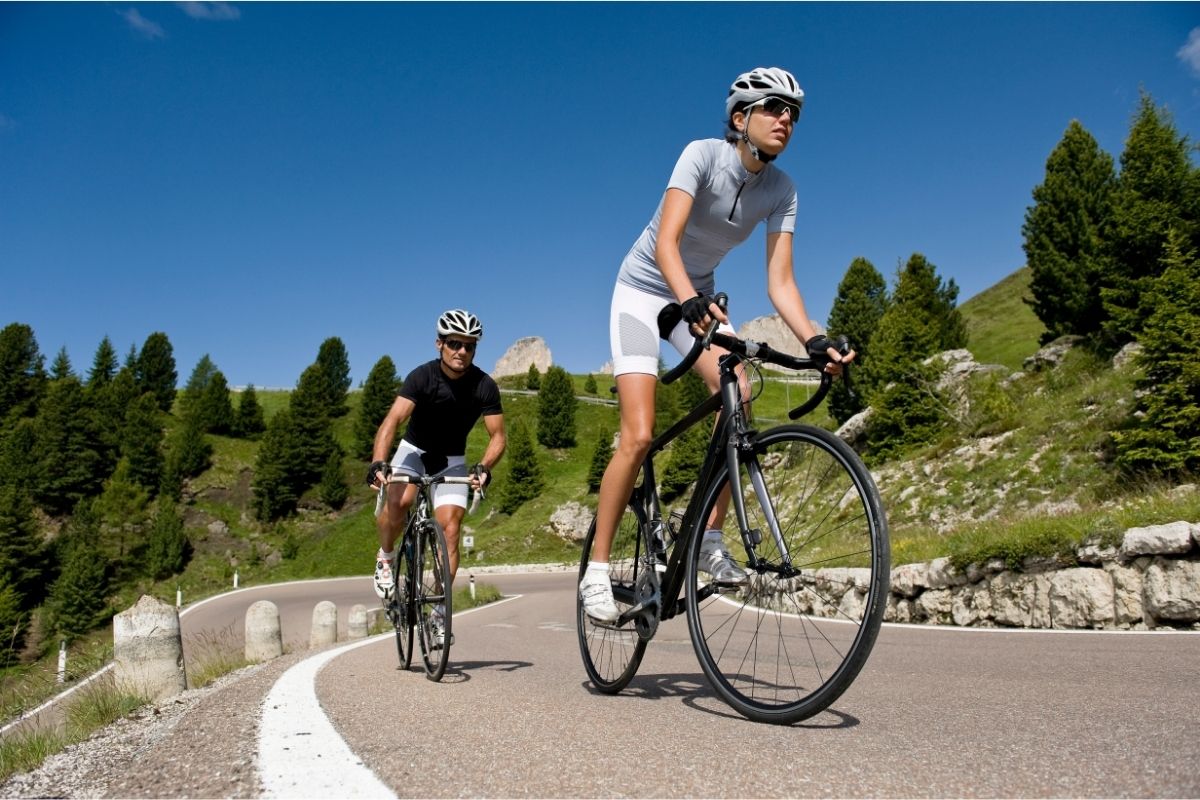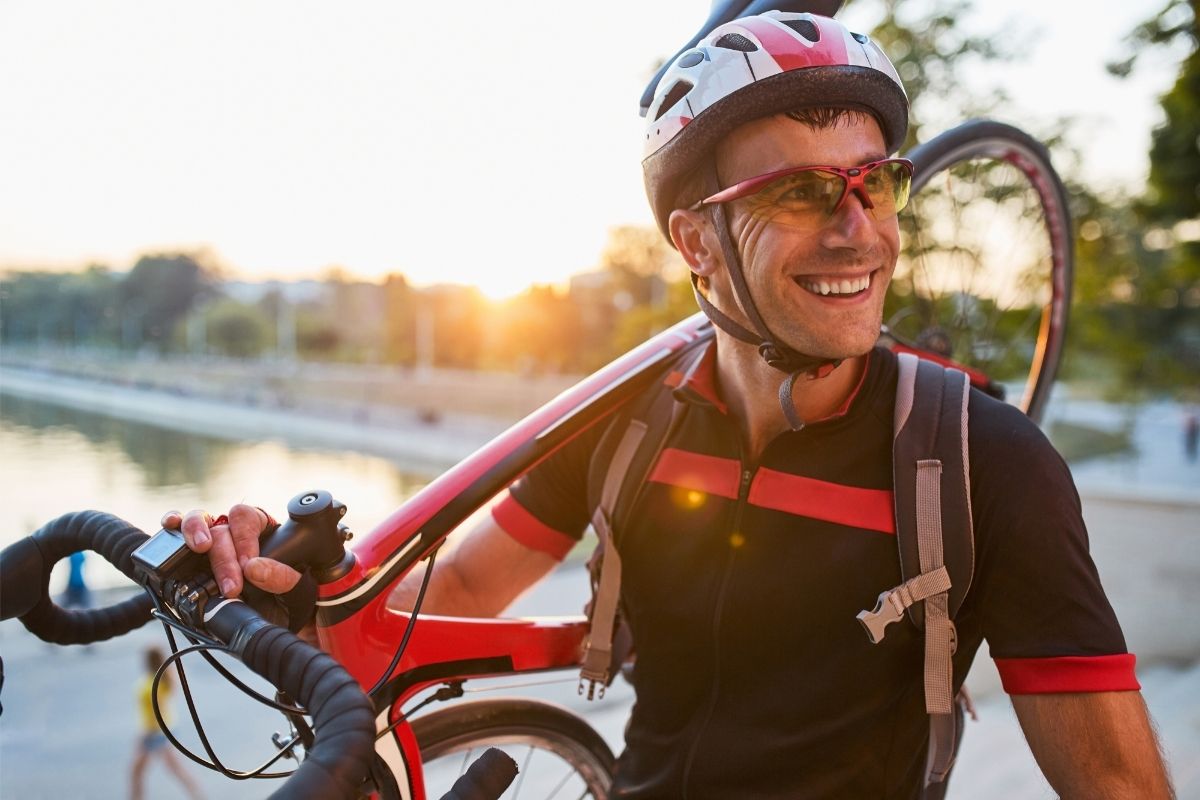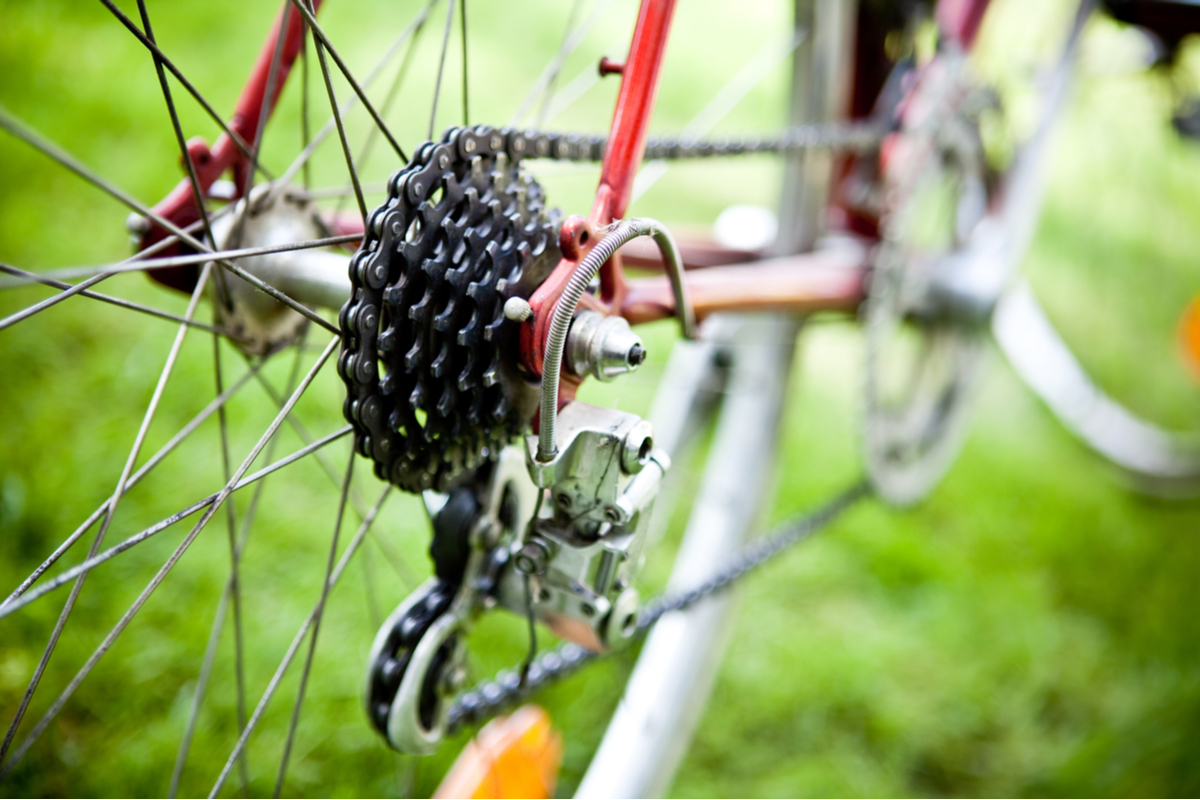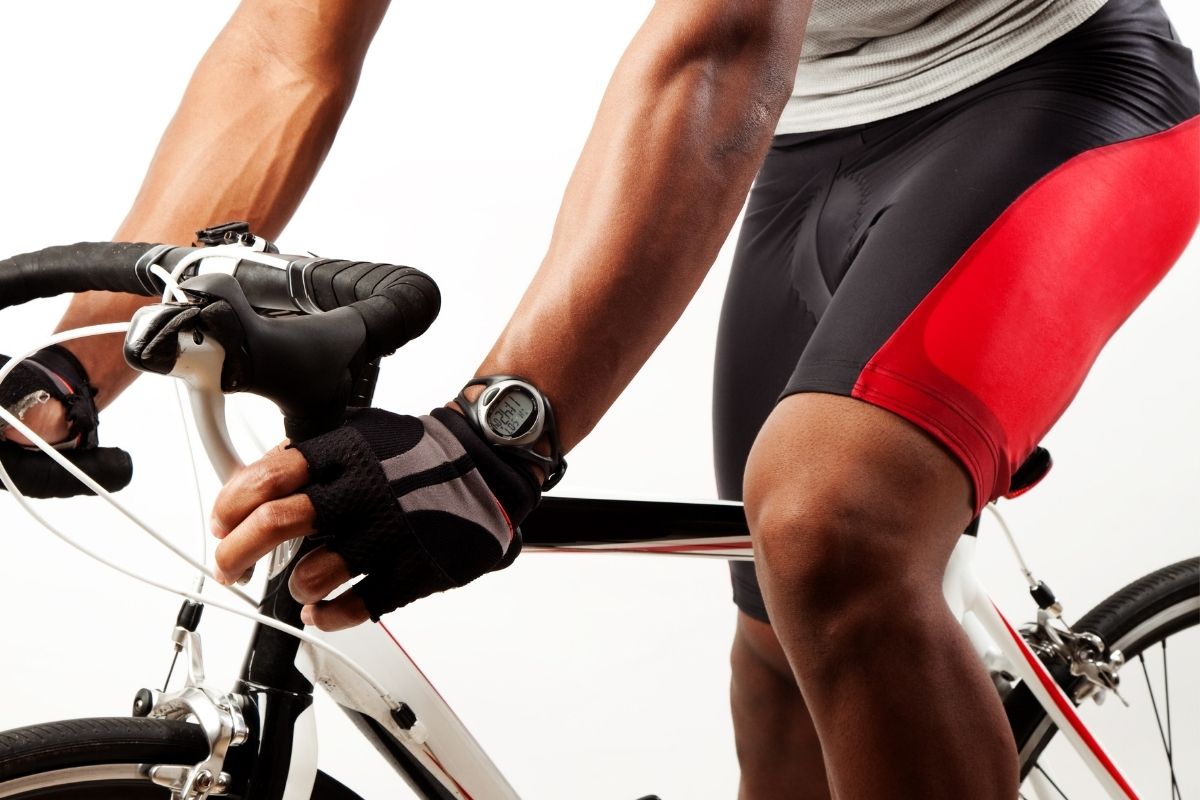For any cyclist, learning to cycle with clipless pedals can be a dream. Clipless pedals are made to make cycling easier, more comfortable, and much more enjoyable.
They are pedals for cycling you clip into and once you have your head around this fact, the rest should come smoothly. We look at clipless pedals in closer detail from what they are, their benefits, and how to use them. Let’s jump right in.
What Are Clipless Pedals?
Clipless pedals come from a cycle system that is made of specifically-designed pedals and cleats that are attached to the soles of cycling shoes. They improve efficiency whilst cycling and provide a much better foot-to-pedal connection.
They are also much safer than flat pedals as they offer instant foot entry and release and keep the foot stable. To use clipless pedals, you need to own cleats and a high-quality pair of cycling shoes.
Clipless pedals can be expensive, but the way to tell if they will benefit you as a cyclist is if you ride loops of 10 or more miles regularly. In this case, a clipless system might be able to enhance the experience and boost comfort, power, and safety.
There are several different styles of clipless pedals that are designed for road bikes and choosing the perfect ones can improve the whole experience.
Most riders use clipless pedals from Look or with Shimano SPD-SL clipless pedals.
Moreover, when you advance, SPD-SL and Look clipless systems are designed for road bikes where maximum aerodynamics, efficiency, and minimum weight are very important.
Road shoes are much lighter than walkable models as the soles are not lugged. Road clipless pedal systems have cleats that come from the soles of the shoes as the soles are so light.
These road systems are also usually single-sided and you need to have the correct side of the pedal to click in when starting. Most road pedals hang a particular way to make this easier.
On the other hand, there are walkable clipless systems where cleats are recessed into the soles of the shoes and mounted using two fixed bolts.
This means the cleats make no contact with the ground when you walk. They use a double-sided pedal and this means you can click the pedal on either side to get your feet in.
What Are The Benefits Of Using Clipless Pedals?
There are multiple benefits of learning to ride clipped in and there is a good reason why professionals swear by it.
Riding with clipless pedals instead of flat pedals allows you to use more of the muscles in your leg much more efficiently. With flat pedals, you get the most power when you push down but with clipless pedals, you create forward propulsion as you pull up.
Moreover, as long as you set your cleats up correctly and your saddle height and fore/aft position are right, you should be able to clip yourself into the optimum position and this will improve efficiency as well as limit the chance of you sustaining an injury.
Most modern systems of clipless pedals provide a little degree of float and this allows your feet to self-align on top of the pedals. This feature helps those cyclists with knee problems and prevents any future knee problems from developing.
Clipless pedals will not snag on roots, debris, or sticks as toe clips and straps can when you are riding. These can often snag the bottoms of the pedals when riding or walking your bike down the trail.
They are much easier to get into than toe clips and straps and your foot will feel more stable. The release motion is a lot simpler and much more natural.
Once you have found clipless pedals that fit well, they are comfortable to pedal and reach higher speeds. There is also not a cage that might chafe or cut into your shoe and no strap to affect circulation.
Moreover, the designs are usually lighter than both regular pedals and pedals with clips and straps. They even look slightly cooler, sleek, and minimal on your bike.
How To Use Clipless Pedals?
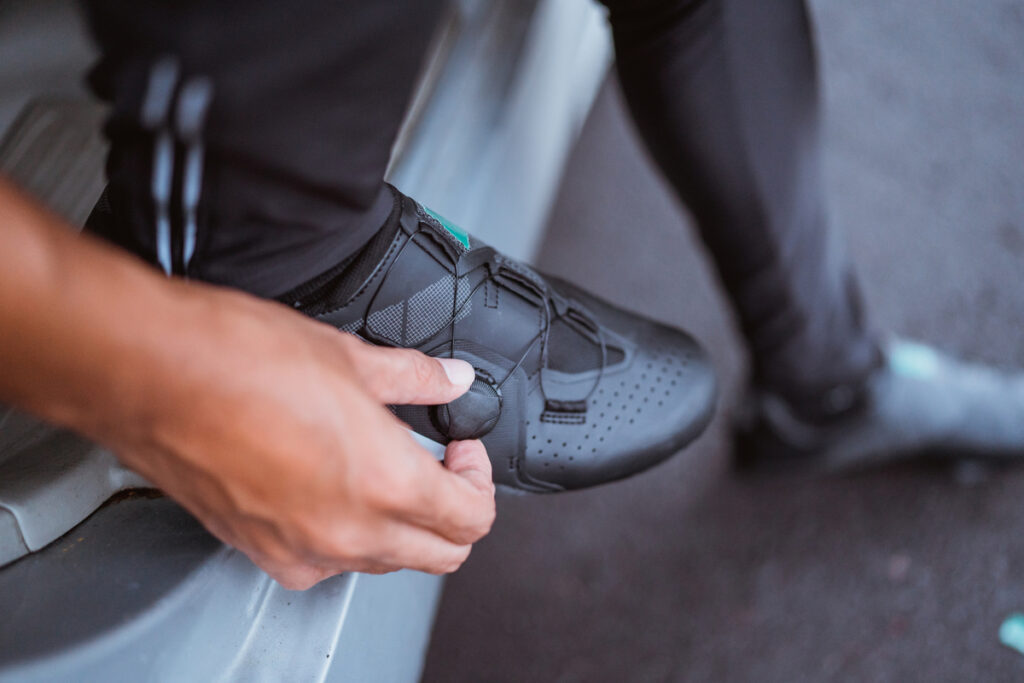
Once your cleats are bolted to the cycling shoes and clipless pedals, step on the pedals and click your feet in.
To get them out again, swing your feet heels first to the outside before putting your feet down and the pedals will release.
You will therefore require a different foot motion to get your feet out and you should practice this motion whilst you are standing over the bike.
You could try practicing on a lawn or a soft surface in case you fall over and if you have an indoor trainer, you could even mount your bike to practice in one place.
Once you are confident you can get in and out of the pedals, do a short loop around your local neighborhood and practice getting in and out of the pedals on the route.
As long as you are following the correct motion, and you are swiveling your heels instead of pulling back, you should be fine.
When you are pedaling with clipless pedals, nothing changes to when you are pedaling with flat pedals. However, you might naturally find you produce a much more rounded and even pedal stroke.
Clipless Pedal Maintenance
Most clipless systems that are sold today feature a float system and this is a couple of degrees of built-in lateral play that allows your feet to move and find the best pedaling position for you.
The float ensures you will not sustain a knee injury as you will no longer be riding with misaligned feet against your knees.
Despite the fact, most clipless pedals offer this feature, it is still vital you align your cleans carefully and they should be positioned to hold the balls of your feet over the pedals to match natural foot inclination.
If this is something you struggle with, you can consult a bike expert.
Some clipless pedal systems also offer fine-tuning to make entering and exiting much easier. Competitive and professional cyclists might set their pedals firmly and tightly as they do not want their feet popping out in full-speed sprinting sessions.
Mountain bikers however might go for a looser setting so should they need to exit their feet in a hurry, they can get out in very little effort and reduce the chances of injury. A loose setting is also helpful if you are only just starting and beginning to use clipless pedals.
When you are buying your first pair of clipless pedals, make sure you tell the bike specialist how you would like the pedals set up and what type of cycling you intend to use your clipless system for. They can then also advise you on how to fine-tune the adjustment.
Final Thoughts
We hope after reading this article you understand what clipless pedals are, how to use them, and what model or system might be best for you as a cyclist.
Remember, not all cyclists need them and since they can be expensive to install, they might be best only used if you cycle more than 10 miles at a time regularly.
The hardest part about using the clipless pedals might be entering and exiting the pedals, yet if you are following the correct motion, and you are swiveling your heels instead of pulling back, you should be on your way in no time. Happy cycling!
- Melbourne Bike Share App: Short Review - February 7, 2022
- Cycling Rules In Melbourne - February 4, 2022
- Bike Sharing In Melbourne: What Are The Alternatives - February 4, 2022

